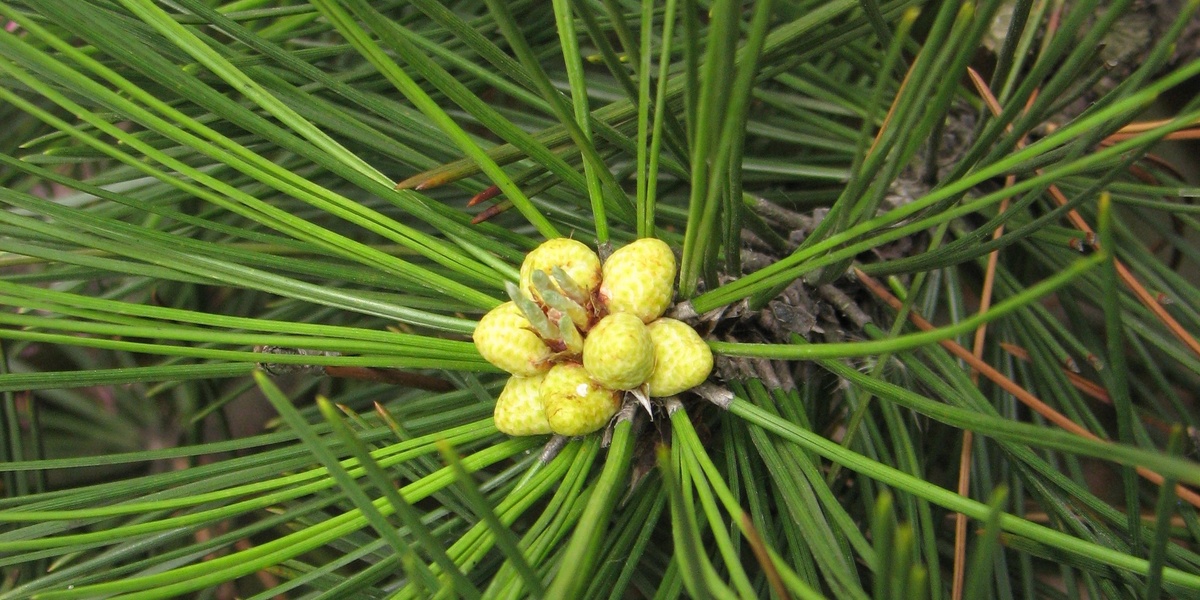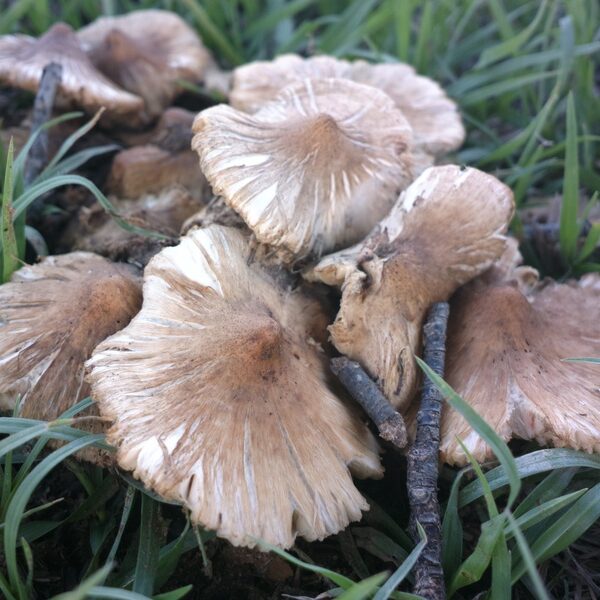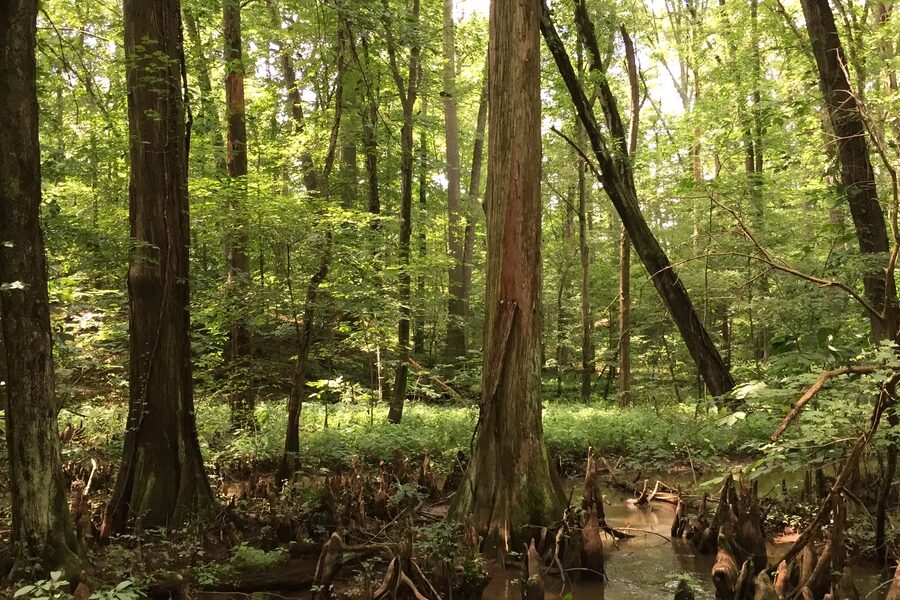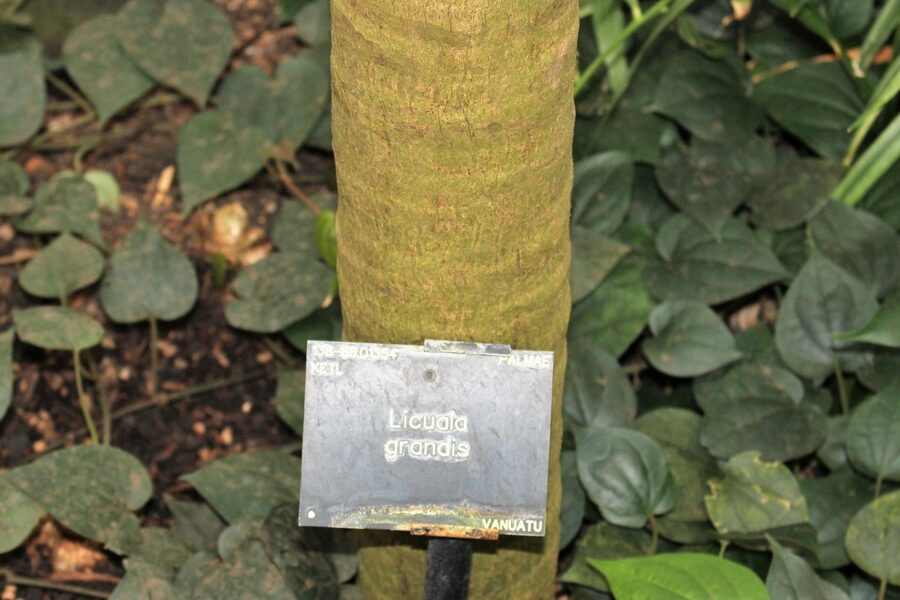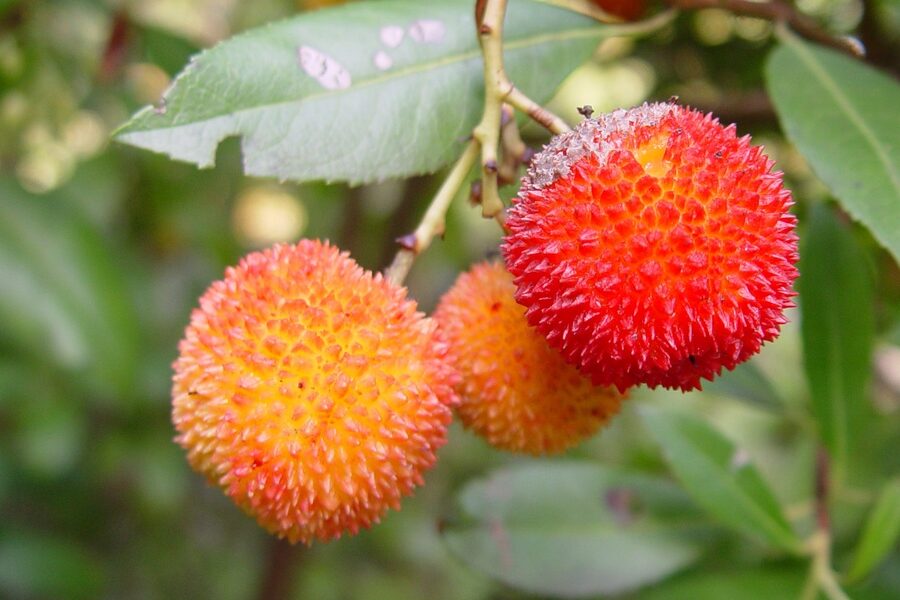Montenegro’s varied coastlines, karst plateaus and mountain valleys host a surprising range of plant life shaped by Mediterranean and alpine influences. Walking even short trails here can reveal wildflowers, shrubs and herbs tied closely to local soils and microclimates.
There are 45 Montenegro’s native plants, ranging from Adriatic Bellflower to Zois’ Bellflower — for each species the Scientific name,Height (cm),Habitat & where to find are listed; you’ll find below.
How can I reliably identify these plants when I’m out hiking?
Start by noting habitat and season, then compare leaf shape, flower color and growth form with the list below; the Scientific name entry helps cross-check images in field guides or apps. Carry a small hand lens or use a plant ID app for close details, take photos from several angles, and avoid disturbing specimens—local visitor centers and guided walks are great for learning distinctive traits.
Are any of these native species protected or at risk?
Yes, some species have restricted ranges or small populations and may be legally protected; check Montenegro’s national red list or local conservation agencies for specifics. If you think you’ve found a rare plant, record its location, photograph it without removing anything, and report sightings to regional botanists or conservation groups.
Montenegro’s Native Plants
| Common name | Scientific name | Height (cm) | Habitat & where to find |
|---|---|---|---|
| Bosnian Pine | Pinus heldreichii | 2500 | High mountains, rocky slopes; Durmitor, Prokletije, Lovćen. |
| Macedonian Pine | Pinus peuce | 3000 | Montane to subalpine zones, often on silicate soils; Bjelasica, Prokletije mountains. |
| Silver Fir | Abies alba | 4500 | Montane forests, often mixed with beech; Bjelasica, Durmitor, Komovi. |
| Norway Spruce | Picea abies | 4000 | Cool, moist mountain forests; northern Montenegro, Durmitor, Bjelasica. |
| Oriental Hornbeam | Carpinus orientalis | 500 | Dry, sunny slopes and thickets in the karst region; coastal and central areas. |
| Dalmatian Black Pine | Pinus nigra subsp. dalmatica | 2000 | Rocky, limestone slopes of the coastal and sub-mediterranean belt; Orjen, Lovćen. |
| Dalmatian Laburnum | Petteria ramentacea | 200 | Sunny, rocky karst slopes and thickets; coastal and central Montenegro, near Skadar Lake. |
| Blagay’s Daphne | Daphne blagayana | 30 | Shady limestone rocks and forests in mountain areas; central and northern Montenegro. |
| Judas Tree | Cercis siliquastrum | 800 | Coastal woodlands and rocky slopes; Adriatic coast from Herceg Novi to Ulcinj. |
| Wild Pomegranate | Punica granatum | 400 | Sunny, rocky slopes and thickets near the coast; southern coastal region, Ulcinj area. |
| Durmitor Bellflower | Edraianthus durmitoreus | 10 | Limestone scree and rock crevices in high mountains; endemic to Durmitor National Park. |
| Lovćen Bellflower | Campanula lovcenensis | 15 | Limestone rock crevices in the subalpine zone; endemic to Mount Lovćen and surrounding area. |
| Adriatic Bellflower | Campanula portenschlagiana | 15 | Coastal limestone rocks, old walls, and cliffs; Bay of Kotor, Budva coast. |
| Zois’ Bellflower | Campanula zoysii | 10 | Limestone crevices in high alpine zones; found in Prokletije mountains. |
| Serbian Ramonda | Ramonda serbica | 10 | Shady, north-facing limestone cliffs and gorges; Rumija, Prokletije. |
| Nikolai’s Violet | Viola nikolai | 8 | Limestone scree slopes in alpine zones; a rare endemic of Durmitor and Prokletije. |
| King Alexander’s Pasqueflower | Pulsatilla ernae | 20 | Rocky limestone grasslands in the mountains; a Balkan endemic found in northern Montenegro. |
| Dalmatian Iris | Iris pseudopallida | 70 | Rocky coastal slopes and limestone pastures; southern and central coastal areas. |
| Illyrian Iris | Iris illyrica | 30 | Dry, rocky habitats and grasslands in the karst region; near the coast. |
| Martagon Lily | Lilium martagon | 120 | Deciduous woodlands and mountain meadows; widespread in forested areas like Bjelasica. |
| Albanian Lily | Lilium albanicum | 50 | Alpine and subalpine meadows, often on acidic soils; Prokletije, Komovi. |
| Illyrian Fritillary | Fritillaria messanensis subsp. gracilis | 30 | Rocky slopes, scrub, and open woods; coastal mountains like Rumija and Lovćen. |
| Mountain Tea | Sideritis scardica | 40 | Dry, rocky, sunny mountain slopes above 1,400m; mountains of northern Montenegro. |
| Edelweiss | Leontopodium alpinum | 20 | High alpine limestone rocks and grassy ledges; Durmitor, Prokletije. |
| Mountain Avens | Dryas octopetala | 10 | Alpine heaths and gravelly soils; high mountains like Durmitor. |
| Spring Gentian | Gentiana verna | 10 | Alpine and subalpine pastures; Durmitor, Bjelasica, Prokletije. |
| Dinaric Alpine Rose | Rhododendron hirsutum | 80 | Limestone soils in the subalpine zone; northern mountain ranges. |
| Rock Cranesbill | Geranium macrorrhizum | 40 | Rocky places and woodlands in mountain areas; common in Bjelasica and Durmitor. |
| Wild Peony | Paeonia peregrina | 60 | Open woods, scrub, and grasslands; central and southern regions, Cijevna canyon. |
| Lady Orchid | Orchis purpurea | 80 | Open woodlands, scrub, and grassland on limestone; widespread but localized. |
| Spiny Bear’s Breech | Acanthus spinosus | 90 | Rocky, dry places and roadsides in coastal areas; southern Montenegro. |
| Adriatic Crocus | Crocus dalmaticus | 10 | Rocky ground, scrub, and open woods; coastal mountain slopes like Vrmac. |
| Illyrian Spurge | Euphorbia myrsinites | 20 | Dry, rocky slopes and disturbed ground; common in coastal and karst regions. |
| Winter Savory | Satureja montana | 30 | Dry, sunny, rocky slopes of the karst region; coastal and central Montenegro. |
| Dalmatian Sage | Salvia officinalis | 60 | Hot, dry, rocky limestone slopes; a key plant of the coastal karst landscape. |
| Common Houseleek | Sempervivum tectorum | 20 | Rocky outcrops, scree, and traditionally on roofs; widespread in mountain areas. |
| Balkan Maple | Acer hyrcanum | 900 | Mixed deciduous mountain forests; common in central and northern Montenegro. |
| European Hop-Hornbeam | Ostrya carpinifolia | 1200 | Dry, warm slopes in mixed forests; widespread in the sub-mediterranean zone. |
| Manna Ash | Fraxinus ornus | 1000 | Warm, dry forests and scrubland, especially on limestone; widespread below 1,200m. |
| Bertoloni’s Sage | Salvia bertolonii | 50 | Rocky meadows and scrub in the mountains; a Balkan endemic found in Montenegro. |
| Yellow Gentian | Gentiana lutea | 120 | Mountain meadows and pastures; Bjelasica, Sinjajevina, Durmitor. |
| Italian Gladiolus | Gladiolus italicus | 80 | Grassy places, olive groves, and old fields; common in the coastal region. |
| Pyramidal Orchid | Anacamptis pyramidalis | 50 | Sunny grasslands and scrub on limestone soils; common throughout the country. |
| Common Hawthorn | Crataegus monogyna | 700 | Woodland edges, scrub, and hedges; widespread throughout the country. |
| Black Hellebore | Helleborus niger subsp. macranthus | 30 | Deciduous woodlands and scrub on limestone; mountains of central and northern Montenegro. |
Images and Descriptions
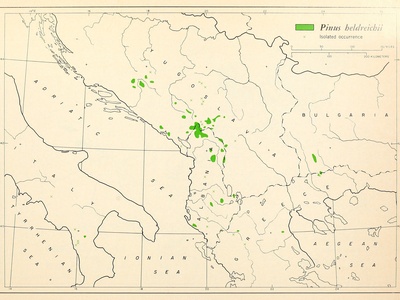
Bosnian Pine
A symbol of Montenegro’s rugged mountains with armor-like bark and sharp needles. These ancient, slow-growing trees can live for over 1,000 years, showcasing incredible resilience to harsh conditions.
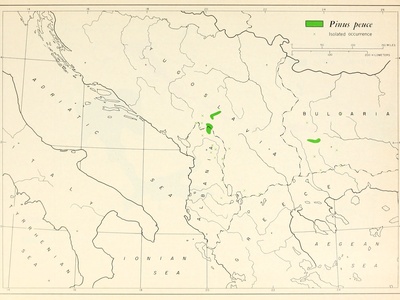
Macedonian Pine
A graceful five-needle pine with smooth, grayish-brown bark when young. Its cones are long and often drip with sticky, fragrant resin. It is highly resistant to blister rust disease.
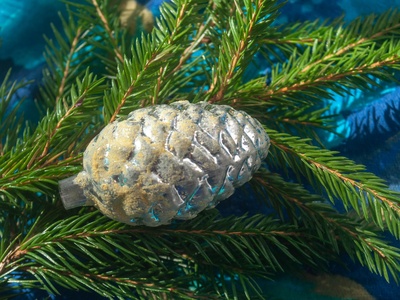
Silver Fir
A tall, majestic conifer with flat, soft needles that have two white bands underneath. Its upright cones disintegrate on the tree, leaving a central spike. A key species in mountain ecosystems.
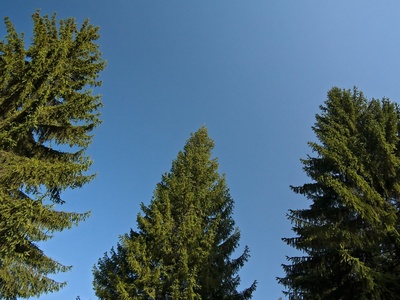
Norway Spruce
The classic “Christmas tree” conifer, with sharp, four-sided needles and large, hanging brown cones. It forms dense, dark forests and is a crucial part of the montane timberline.
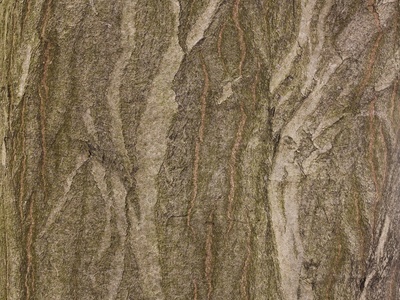
Oriental Hornbeam
A small tree or large shrub with a fluted trunk and small, serrated leaves. It’s very drought-tolerant and forms dense thickets known as ‘šibljak’, a characteristic Mediterranean vegetation type.
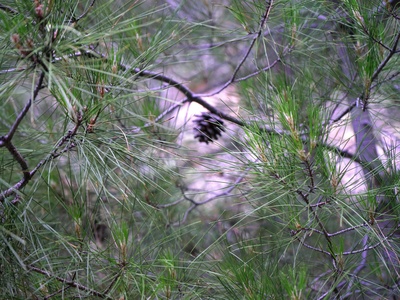
Dalmatian Black Pine
A rugged pine adapted to dry, rocky ground. It has long, stiff, dark green needles in pairs and a deeply fissured, dark grey bark, creating a dramatic silhouette on coastal mountains.
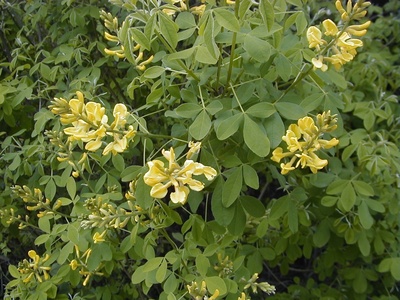
Dalmatian Laburnum
A deciduous shrub with trifoliate leaves, resembling a classic laburnum. It produces upright clusters of fragrant, bright yellow pea-like flowers in spring, a beautiful sight on the rocky hillsides.
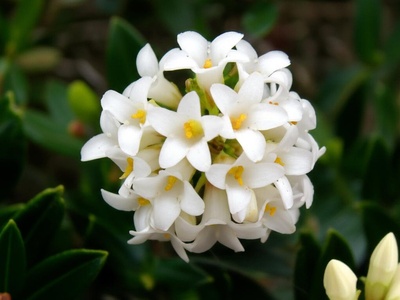
Blagay’s Daphne
A rare and protected evergreen shrub that forms low mats. In spring, it produces highly fragrant clusters of creamy-white flowers. Finding it in the wild is a special treat for any botanist.
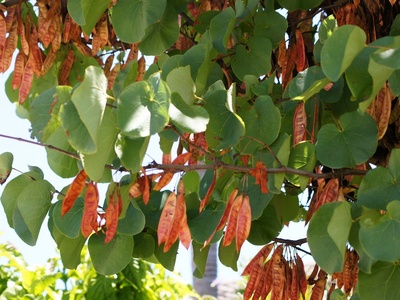
Judas Tree
A stunning small tree famous for its explosion of bright magenta-pink flowers that appear directly on the bare branches in early spring, before the heart-shaped leaves emerge.
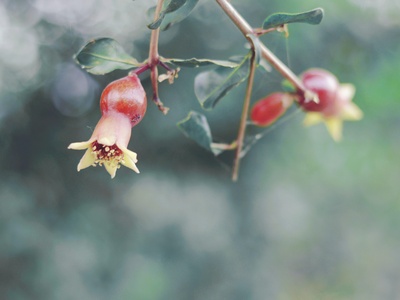
Wild Pomegranate
The wild ancestor of the cultivated fruit. This spiny shrub or small tree has glossy leaves and brilliant, scarlet-orange, crinkly-petaled flowers in early summer, followed by small, tart fruits.
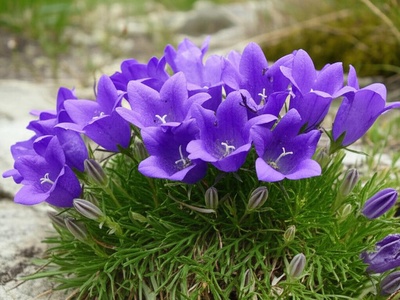
Durmitor Bellflower
A true Montenegrin gem forming dense cushions of grassy leaves. In summer, it produces stunning, upward-facing violet-blue bell-shaped flowers, a prize for alpine hikers.
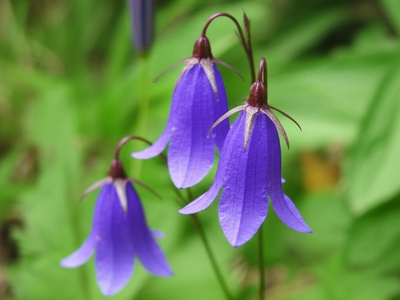
Lovćen Bellflower
This rare endemic bellflower has rosettes of spoon-shaped leaves and slender stems bearing one or two large, nodding, deep violet-blue bells. A symbol of Lovćen’s unique flora.
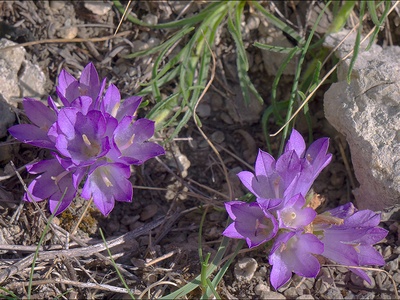
Adriatic Bellflower
A tough little perennial that forms spreading mats of small, ivy-like leaves. It covers itself in a profusion of star-shaped, vibrant violet-blue flowers from late spring to summer.
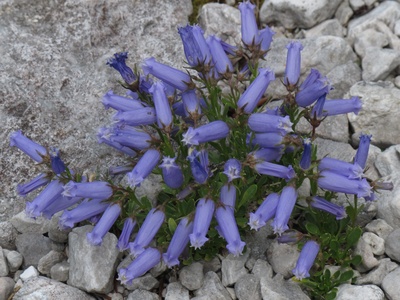
Zois’ Bellflower
A unique and sought-after alpine plant with bizarre ‘pinch-bottle’ shaped, pale blue flowers. The five petals are pinched together at the tip, creating a star-shaped opening for pollinators.
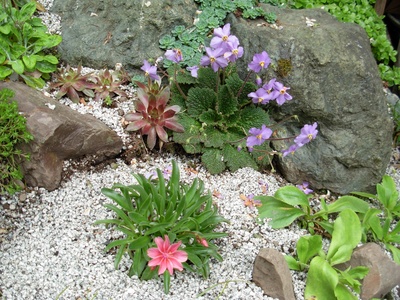
Serbian Ramonda
A remarkable “resurrection plant” that can survive complete dehydration. It has crinkled, rosette-forming leaves and delicate, five-petaled, violet-blue flowers with a yellow center, a true ice-age relict.
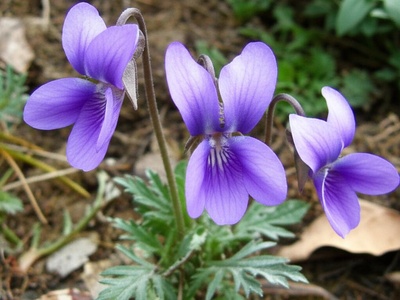
Nikolai’s Violet
A beautiful and rare endemic violet. It forms small tufts with finely divided, silvery-green leaves and produces relatively large, long-spurred flowers of a lovely pale lilac or violet hue.
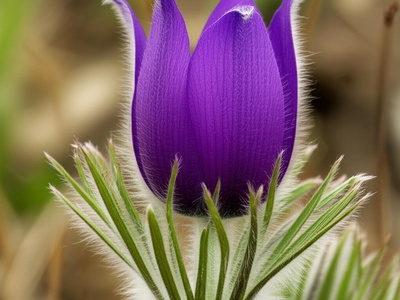
King Alexander’s Pasqueflower
A stunning spring flower with large, upright, bell-shaped blooms of deep violet, covered in silky hairs. The flowers appear before the feathery leaves fully develop, followed by fluffy seed heads.
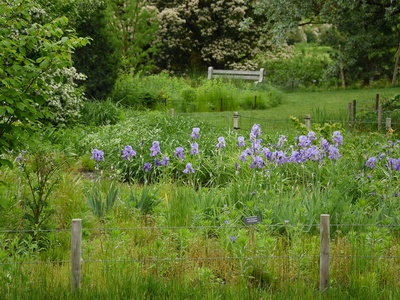
Dalmatian Iris
A tall, elegant iris with sword-like, grey-green leaves. It produces several large, fragrant flowers per stem, typically in shades of pale lavender-blue to deep violet, with a yellow beard.
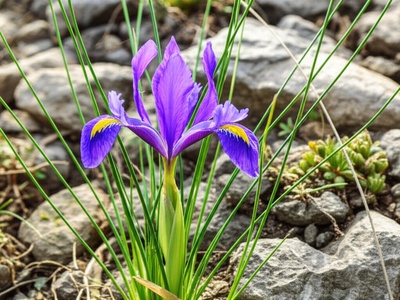
Illyrian Iris
A smaller but no less charming iris species native to the Balkans. It has slender, curved leaves and produces beautiful violet or purple flowers in late spring, perfectly adapted to its stony home.
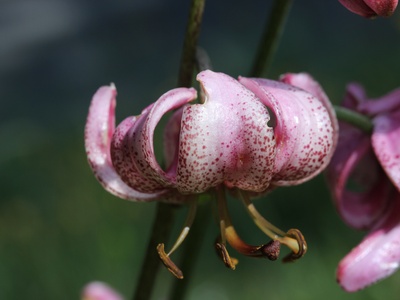
Martagon Lily
Also known as Turk’s Cap Lily, this graceful plant has whorls of leaves up its stem. It bears a stunning candelabra of nodding, purplish-pink, spotted flowers with strongly reflexed petals.
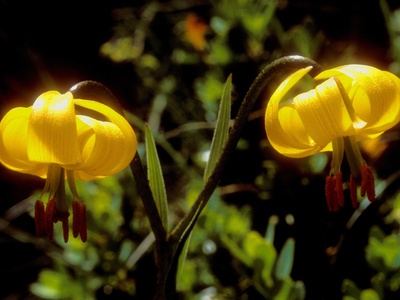
Albanian Lily
A beautiful, smaller lily with a single stem bearing one to five bright yellow or orange-yellow, nodding, Turk’s-cap flowers with dark spots. A vibrant splash of color in mountain pastures.
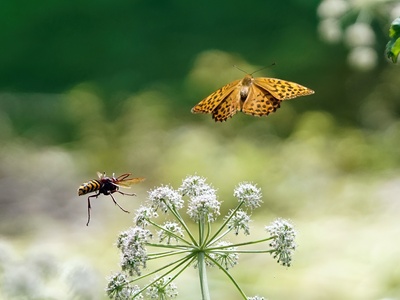
Illyrian Fritillary
A subtle beauty with slender, grey-green leaves and a solitary, nodding, bell-shaped flower. The flower is a dusky checkerboard of brownish-purple and greenish-yellow, a master of camouflage.
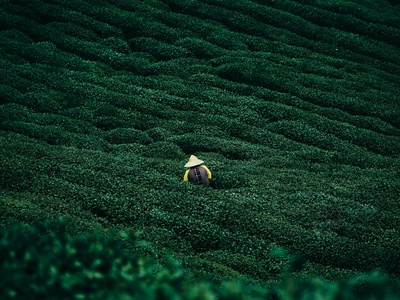
Mountain Tea
A famous medicinal herb with woolly, grey-green leaves. In summer, it produces spikes of small, pale yellow flowers nestled in greenish bracts. It’s traditionally harvested to make a healing tea.
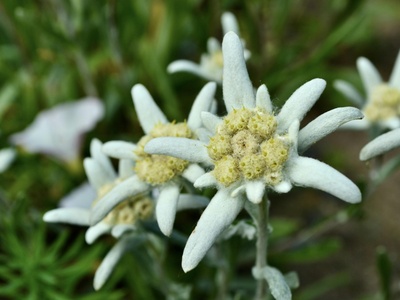
Edelweiss
The iconic flower of the Alps, famous for its star-shaped clusters of white, woolly bracts surrounding tiny yellow florets. It’s a protected species, symbolizing pure, rugged beauty.
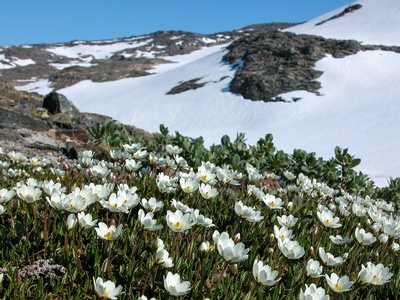
Mountain Avens
A low-growing, mat-forming evergreen shrub. It has small, oak-like leaves, dark green above and white-felted beneath, and beautiful, eight-petaled white flowers with a yellow center.
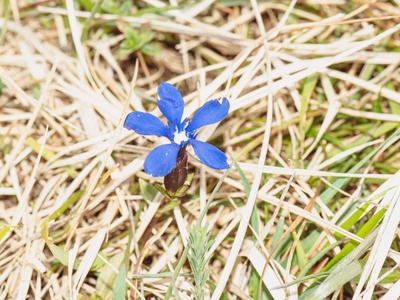
Spring Gentian
A tiny plant that packs a visual punch with its single, intensely blue, star-shaped flower. One of the first flowers of the alpine spring, it’s a breathtaking sight against the melting snow.
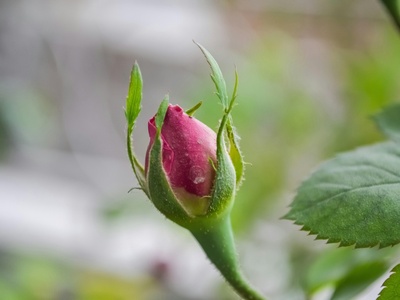
Dinaric Alpine Rose
A small evergreen shrub with glossy green leaves, hairy on the margins. In early summer, it is covered in clusters of bright pink, funnel-shaped flowers, a beautiful sight in the high mountains.
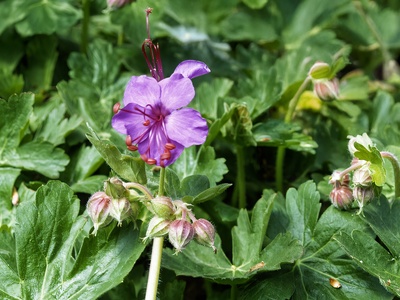
Rock Cranesbill
A robust, aromatic perennial that forms dense groundcover. It has sticky, deeply lobed leaves that turn red in autumn and produces clusters of magenta-pink flowers in late spring.
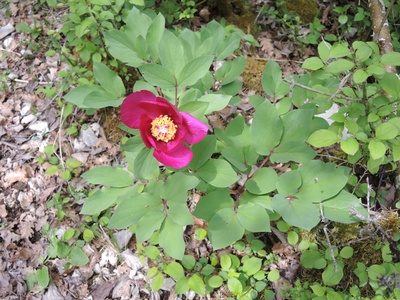
Wild Peony
An absolutely spectacular wild peony. It boasts huge, bowl-shaped flowers of a brilliant, shocking crimson-red with a central boss of yellow stamens. A protected and unforgettable sight in May.
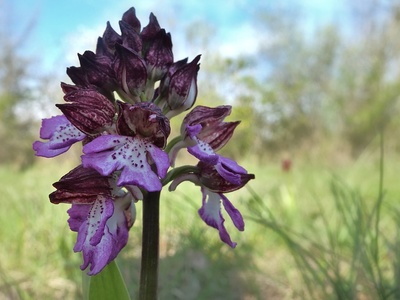
Lady Orchid
A tall, stately orchid with a dense spike of flowers. The ‘hood’ is a deep purple-red, while the broad, lobed ‘lip’ is whitish-pink with tufts of purple hairs, resembling a lady in a bonnet.
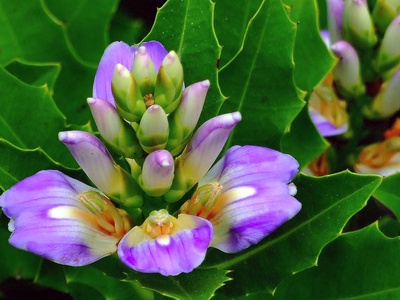
Spiny Bear’s Breech
A dramatic architectural plant with large, deeply cut, spiny, glossy green leaves. It sends up tall spikes of hooded, whitish flowers, each protected by a sharp, purplish bract.
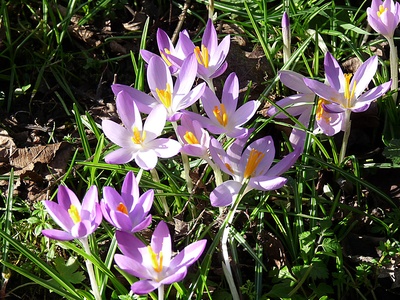
Adriatic Crocus
A beautiful spring-flowering crocus. Its flowers, appearing with the narrow leaves, range from pale lilac to deep violet and have a distinctive yellow throat. It often blooms near melting snow.
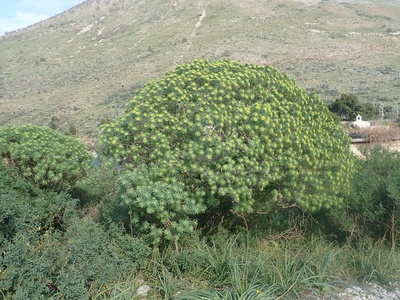
Illyrian Spurge
A striking, low-growing perennial with fleshy, blue-green leaves arranged in spirals around sprawling stems. In spring, it’s topped with large heads of sulphur-yellow bracts.
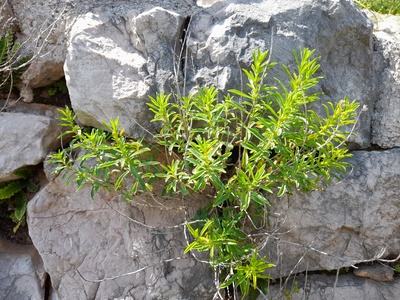
Winter Savory
A small, semi-evergreen shrub with a strong, peppery aroma. It has narrow, dark green leaves and is covered in small white to pale lilac flowers in late summer, attracting many bees.
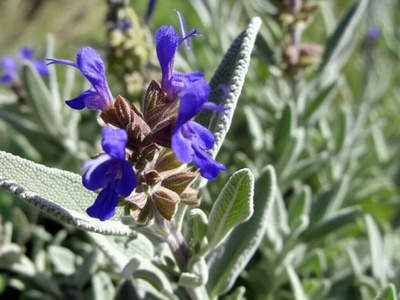
Dalmatian Sage
The classic culinary sage, growing wild here. It has pebbly, grey-green, aromatic leaves and produces spikes of violet-blue flowers in spring. Its scent fills the air on a sunny day.
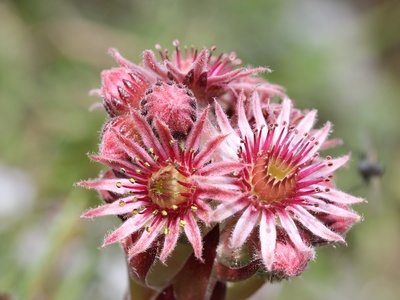
Common Houseleek
Forms rosettes of fleshy, pointed, grey-green leaves, often tipped with reddish-brown. In summer, it sends up a leafy stalk topped with a cluster of star-shaped, pinkish-red flowers.
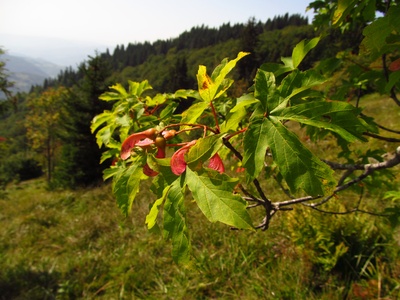
Balkan Maple
A small to medium-sized maple tree native to the Balkans. It has five-lobed leaves that are smaller than many other maples and turn a beautiful yellow or pinkish-red in the autumn.
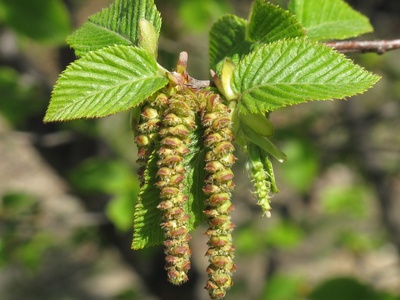
European Hop-Hornbeam
A resilient deciduous tree with bark that flakes off in small scales. It’s named for its fruit clusters, which resemble the hops used in brewing, hanging in papery, pale green sacs.
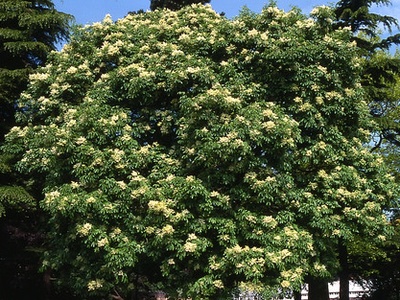
Manna Ash
Known as the Flowering Ash, this small tree is spectacular in late spring when it’s covered in dense panicles of fragrant, fluffy, creamy-white flowers, appearing with the leaves.
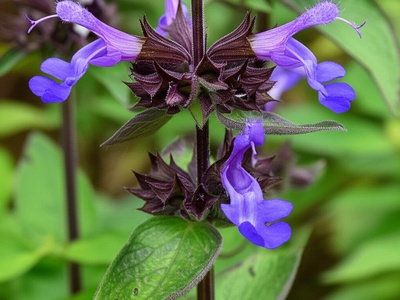
Bertoloni’s Sage
A handsome sage with large, wrinkled, heart-shaped basal leaves. It produces tall, branching stems with whorls of very large, two-lipped, violet-blue flowers, making it quite showy.
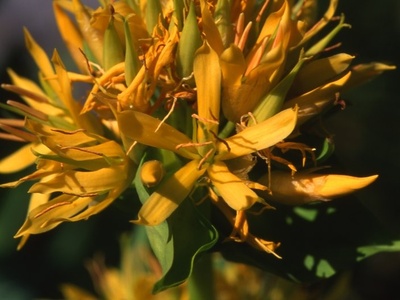
Yellow Gentian
A tall, robust gentian with broad, ribbed leaves. It produces whorls of large, star-shaped yellow flowers up the stem. The root is famously bitter and used to make medicinal spirits.
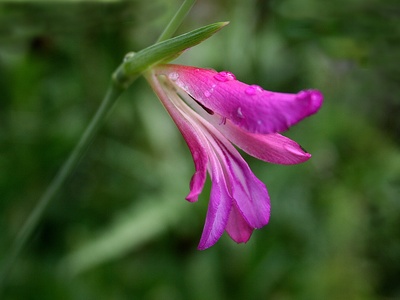
Italian Gladiolus
A slender and elegant wild gladiolus. In spring, it produces a one-sided spike of several bright, funnel-shaped, magenta-pink flowers, bringing a splash of vibrant color to meadows.
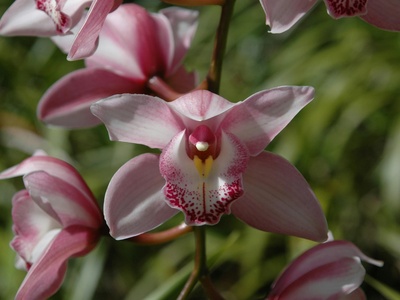
Pyramidal Orchid
Easily identified by its dense, cone-shaped or pyramidal spike of bright pink to purplish-red flowers. As the flowers open from the bottom up, the spike becomes more cylindrical.
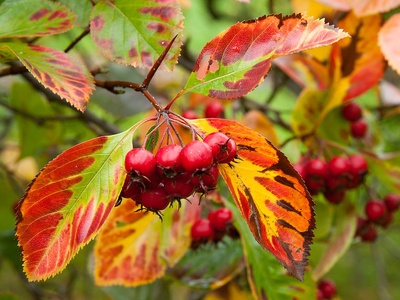
Common Hawthorn
A dense, thorny shrub or small tree. In late spring, it’s smothered in fragrant, five-petaled white flowers, followed by deep red berries known as ‘haws’ in autumn.
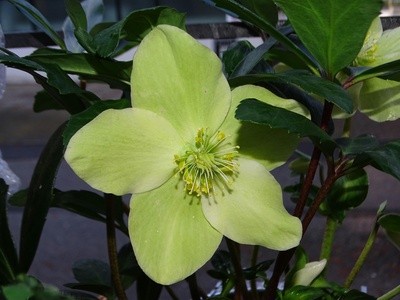
Black Hellebore
One of the first flowers of the year, often blooming in winter. It has leathery, dark green leaves and large, bowl-shaped, pure white flowers that slowly fade to pink or green.
